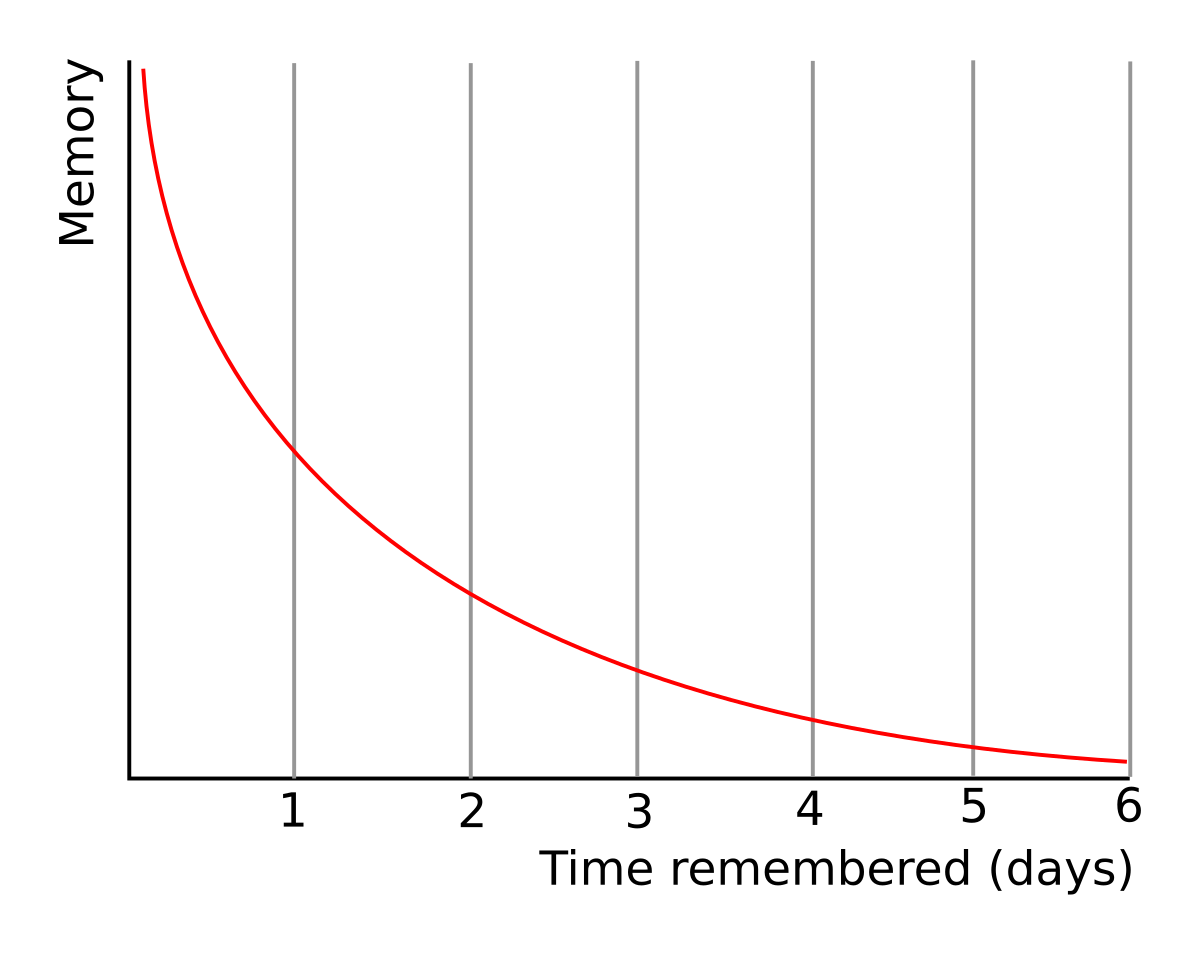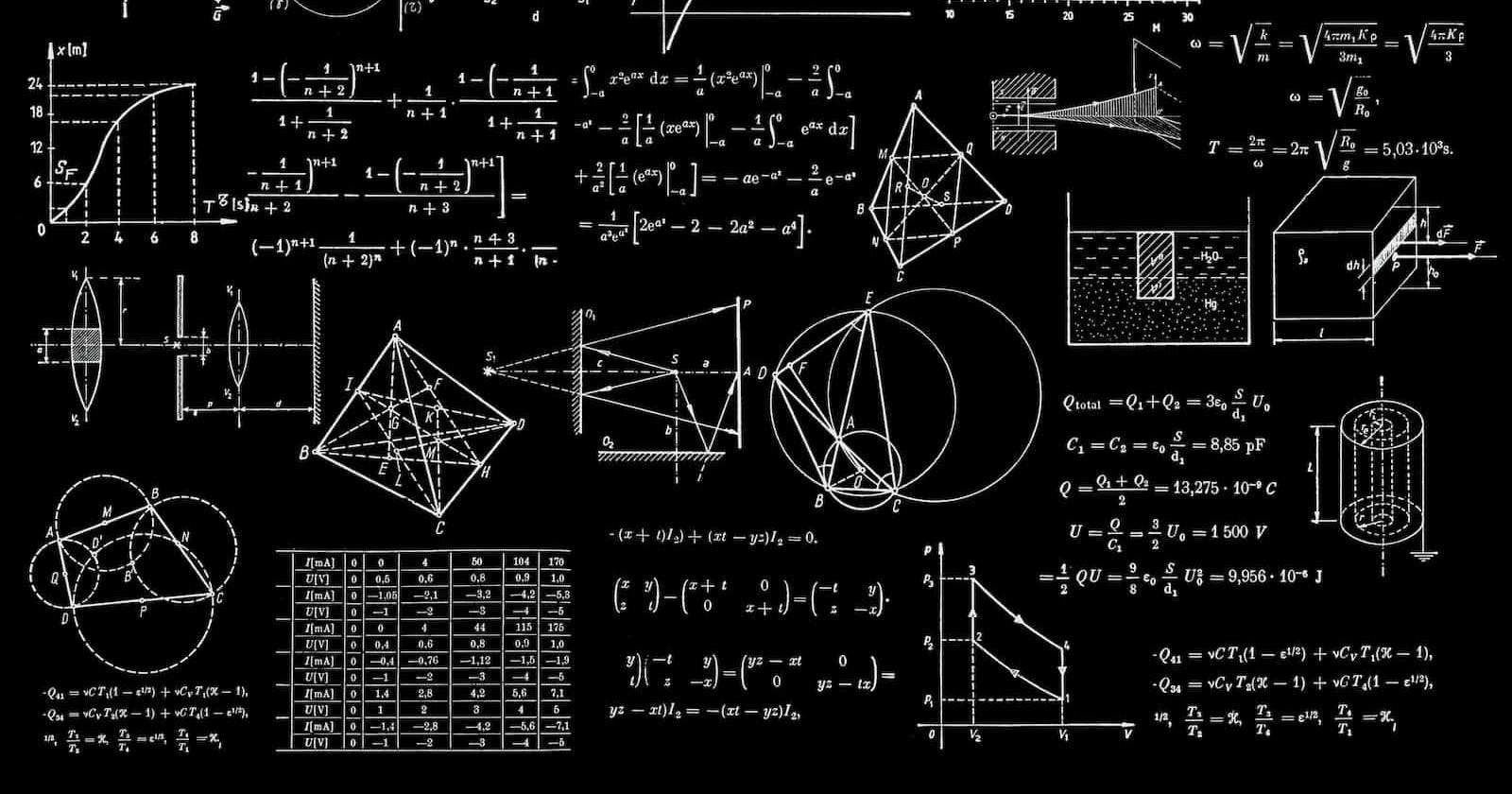
Photo by Dan Cristian Pădureț on Unsplash
Ebbinghaus's Forgetting Curve: Understanding the Science of Memory Loss
Introduction
In 1885, German psychologist Hermann Ebbinghaus published a groundbreaking study on the human memory called "On Memory." In it, he detailed what is now known as the Ebbinghaus Forgetting Curve, which illustrates the rate at which we forget newly learned information. The Forgetting Curve has been a fundamental concept in the field of psychology and cognitive science and has provided a deeper understanding of how memories are formed and retained.
Background
Ebbinghaus's study on memory was one of the first scientific investigations of the topic. He conducted extensive experiments on himself, memorizing lists of nonsense syllables and then testing his recall at various intervals. He found that the rate of forgetting was not evenly distributed but rather followed a distinctive pattern. He discovered that we tend to forget most of the information we acquire within the first hour of learning it, and the rate of forgetting slows down as time goes on.
The Curve

The Forgetting Curve is a graphical representation of the decline of memory retention over time. The curve shows that the majority of forgetting occurs in the first few hours or days after learning new information. The curve then levels off, and the rate of forgetting slows down significantly. Ebbinghaus found that the curve was not linear, but rather followed a logarithmic pattern, meaning that the rate of forgetting decreases exponentially over time.
Factors that affect the Forgetting Curve
Repetition and Rehearsal:
Ebbinghaus's experiments showed that the more often we are exposed to new information, the better we are able to retain it. Repeatedly reviewing the material helps to strengthen the neural connections responsible for storing the memory. This is known as the spacing effect, which states that distributed practice is more effective than massed practice in terms of retention.
Emotion:
Emotional experiences tend to be better remembered than neutral ones. This is because the emotional brain systems are closely linked to the memory systems, which allows for more robust encoding of the event. The emotional state at the time of encoding and retrieval also plays a role, as positive emotions tend to facilitate recall, while negative emotions can impair it.
Sleep:
Research has shown that sleep plays a crucial role in memory consolidation. During sleep, the brain processes and organizes new information, making it easier to retrieve later on. Specifically, it has been found that slow wave sleep (SWS) and rapid eye movement (REM) sleep are important for declarative and non-declarative memory respectively.
Age:
As we age, the rate of forgetting tends to increase. This is due to a decline in cognitive functions such as attention and working memory, as well as a decrease in the number of neurons responsible for memory. However, it's worth noting that age-related memory decline is not inevitable and can be mitigated by engaging in mentally stimulating activities, maintaining a healthy lifestyle, and managing stress levels.
Stress:
Stress has been shown to have a negative impact on memory. When we are under stress, the body releases cortisol, a hormone that has been linked to memory loss. Stress can also interfere with the consolidation process by disrupting sleep and reducing the release of brain-derived neurotrophic factor (BDNF), a protein that supports the growth of new neurons and synapses.
Conclusion
Ebbinghaus's Forgetting Curve has provided us with a deeper understanding of how memories are formed and retained. It highlights the importance of repetition and rehearsal in the process of memorization and the role of sleep and emotion in memory consolidation. Additionally, it brings attention to the negative impact of stress and age on memory.

